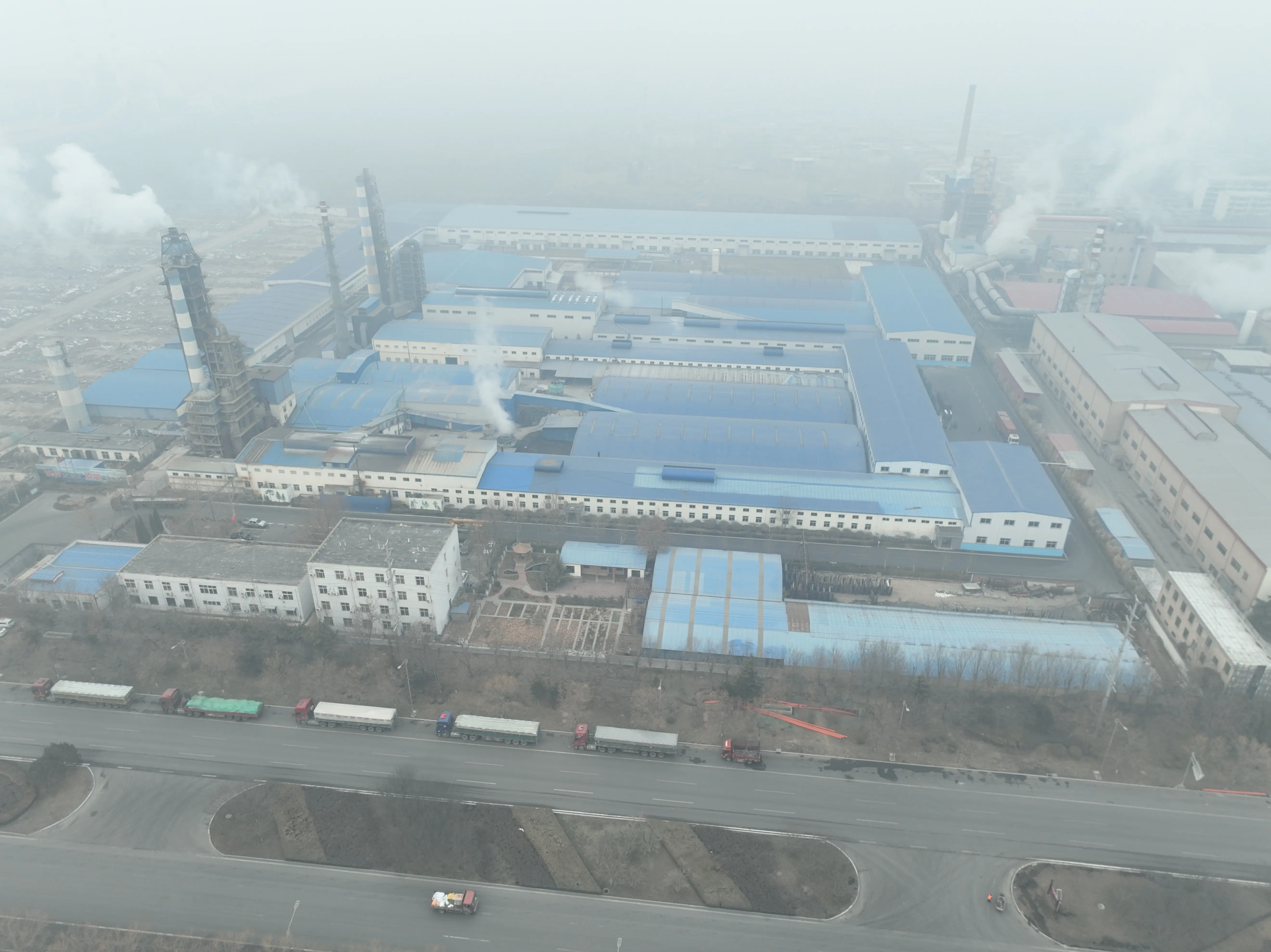

The Price of Tempered Glass Sheets Factors and Trends
Tempered glass, known for its strength and safety features, is increasingly popular in various applications, ranging from residential to commercial projects. Understanding the price dynamics of tempered glass sheets can help consumers make informed decisions. This article will explore the factors that influence the pricing of tempered glass sheets and the current market trends.
1. Manufacturing Process
The production of tempered glass involves a unique thermal treatment that increases its strength significantly compared to standard glass. The process includes heating the glass to high temperatures and then rapidly cooling it, a method that requires specialized equipment and skilled labor. This intricate manufacturing process contributes to the overall cost of tempered glass sheets. Moreover, the need for safety standards and quality control adds to the expense, as manufacturers must comply with regulations to ensure that their products are safe for consumer use.
The price of tempered glass sheets varies significantly based on their thickness and size. Standard sizes are often more affordable, while custom dimensions require additional machinery and labor, driving up the cost. Thicker glass offers greater strength and insulation but also comes at a premium price. It is essential to assess the specific requirements of your project to determine the appropriate thickness and dimensions, thereby balancing safety, aesthetics, and cost.
3. Type and Treatment

Different types of tempered glass are available in the market, each serving unique functions. For instance, low-iron tempered glass, which has enhanced transparency, is commonly used in high-end architectural designs but generally costs more than standard options. Additional treatments, such as anti-reflective coatings or decorative finishes, can also influence the price. When selecting tempered glass, it is crucial to consider not only the appearance but also the functionality and potential added costs of specialized treatments.
4. Market Trends
Market demand significantly influences the pricing of tempered glass sheets. As construction and renovation activities increase globally, the demand for durable and stylish materials like tempered glass rises, leading to fluctuating prices. Additionally, economic factors such as the availability of raw materials, shipping costs, and inflation can impact overall pricing. It's advisable for buyers to stay updated on market trends to anticipate changes in pricing.
5. Supplier Variation
Prices for tempered glass can vary widely among suppliers. Factors such as location, brand reputation, and service offerings play a significant role. It is prudent to compare quotes from multiple suppliers and evaluate not just the price, but also the quality and reputation of the manufacturer. Reliable suppliers may offer warranties and after-sales services, which can add value beyond the initial cost.
In conclusion, the price of tempered glass sheets is influenced by various factors, including manufacturing processes, size, type, demand, and supplier differences. By understanding these elements, consumers can better navigate the market and make informed decisions, ensuring they get the best value for their investment in tempered glass. As the industry continues to evolve, staying informed will be key to securing quality products at fair prices.